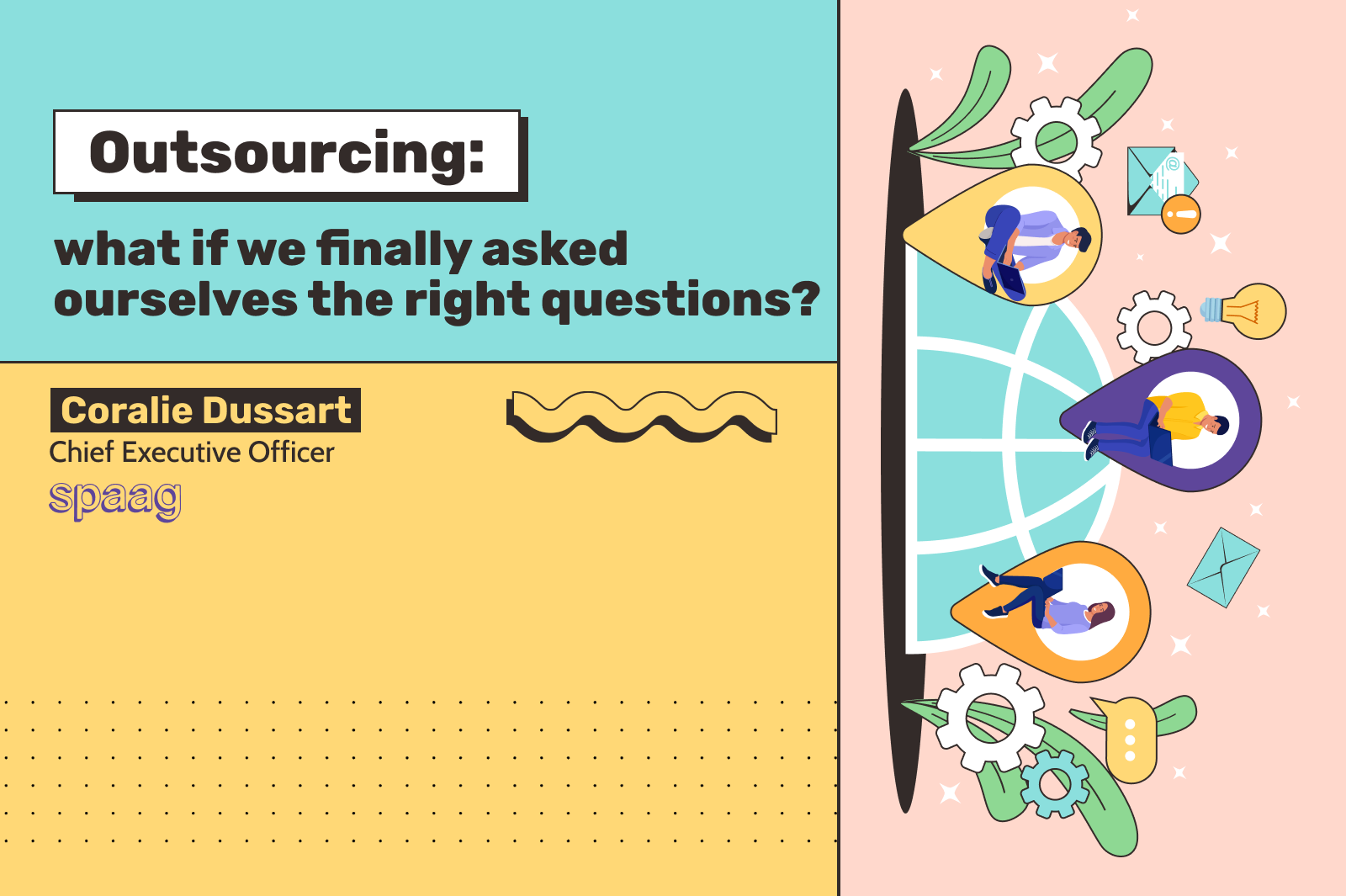
October 20, 2025

October 20, 2025
20/10/25
Today, the battle for attention is more intense than ever. The digital market has expanded considerably, but its benefits remain in the hands of a few giants — Meta, Google, Amazon, and Apple — who control access and dictate the rules of the game. In this ever-changing landscape, marketing roles have become increasingly fragmented. Technologies, agencies, freelancers, and tools are multiplying, each claiming its own area of expertise. Artificial intelligence has now entered the equation as well, further transforming how we work and what we expect.
Faced with this complexity, marketing departments often don't know where to turn. They struggle to build efficient, coherent organizations that can meet the growing pressure for both growth and profitability. Which tools should they choose? What internal resources should they focus on? Which areas should be entrusted to external partners?
Due to time constraints and old habits, many marketing departments end up outsourcing the wrong things to the wrong partners. They assign key projects to freelancers who are often quite junior (75% of them have less than five years of experience), or to media agencies that, in an effort to cut costs, rely heavily on junior staff who work in silos without a strategic, big-picture vision.
Too often, marketing leaders still treat outsourcing like a flea market, responding to conflicting demands: they hunt for bargains, stack up various providers found here and there, and hope to build a high-performing marketing machine. A conversion issue? Hire a junior CRO freelancer. Lack of reach? Bring in a media agency that specializes in one channel and charges high fees. But this approach is counterproductive.
Just like in a flea market, finding a beautiful object doesn’t mean it will fit well with the rest of your home. The result? A patchwork of mismatched skills, a fragmented strategic vision, and a massive waste of time on coordination and briefings. By piling on providers without a unified vision, companies miss the real point: how to build a truly high-performing marketing team that can focus on long-term vision and performance tracking.
I’m convinced a more effective model is possible. A model that’s different from the typical agency that just executes briefs or the media-buying company managing budgets one channel at a time. A model where the external partner acts as a true strategic sparring partner for marketing leaders — someone who supports them in navigating the often-jungle-like digital world.
Our role, as a sparring partner, is not to replace internal teams but to be their right-hand — to execute what they don’t have time or expertise for. Our ultimate goal is to help them perform better by efficiently structuring and orchestrating their organization. We don’t offer isolated expertise — we provide a strategic vision aligned with business objectives.
The question isn’t whether to outsource all or part of marketing, but rather how to intelligently organize marketing resources. The competencies that should remain in-house are those that are core to the business long term — the ones worth investing in and developing. The aspects that should be outsourced are those requiring niche expertise and an external perspective — but they need to be orchestrated wisely.
You need a partner who can optimize the efficiency of the structure and ensure the coherent deployment of a strategy.
Outsourcing shouldn't be about buying ad-hoc expertise, but about creating a sustainable opportunity for structure and performance. The more complex the marketing demands, the more carefully budgets must be managed. And for that, it's time to stop cobbling together fragmented solutions. Instead of adding random pieces without a clear vision, let’s build together a strong, lasting architecture for effective marketing systems.
L’équipe Spaag.